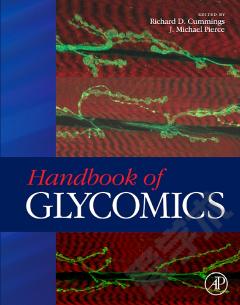Handbook of Grignard Reagents
Part 1 Methods of Grignard reagent preparation: common method of Grignard reagent preparation preparation of Grignard reagents from olefins and acetylenes magnesium activation. Part 2 Safe handling practices: safe handling practices of industrial scale Grignard reagents. Part 3 Analyses of Grignard reagents: wet analyses of Grignard reagents infrared and raman spectroscopy nuclear magnetic resonance analysis of Grignard reagents crystal structures of Grignard reagents. Part 4 Mechanisms and structure-reactivity relationships: mechanism of Grignard reagent formulation mechanism of reactions in Grignard reagents structure-reactivity relationships the composition of Grignard reagents in solution - the Schlenk equilibrium and its effect on reactivity effect of tris(pyrazolyl)hydrobotato ligation. Part 5 General reactions of Grignard reagents: nucleophilic substitution with electrophilic organic, main group and transition metal species nucleophilic addition to unconjugated C-C multiple bond nucleophilic addition of C-C multiple bonds - O, S, N, P nucleophilic addition to conjugated carbon-carbon bonds nucleophilic addition to conjugated carbon-heteroatom multiple bonds - O, S, N nucleophilic addition to organometallic vinylidene and allyl complexes. Part 6 Special topics - applications and reactions of Grignard reagents: the Barbier reaction Grignard reagents as bases Sn2 versus Sn21 dihalide-derived di-Grignard reagents - preparation and reactions formation and reactions of substituted (2-butene-1,4-diyl)magnesium complexes spiroannulations using substituted (2-butene-1,4-diyl)magnesium complexes asymmetric synthesis using Grignard reagents metal-catalyzed reactions the preparation of 1,1-bimetallics of magnesium and zinc alkynyl Grignard reagents and their uses Grignard reagents and silanes Ziegler-Natta catalysis organomagnesium compounds as polymerization initiators.
{{comment.content}}








 京公网安备 11010802027623号
京公网安备 11010802027623号